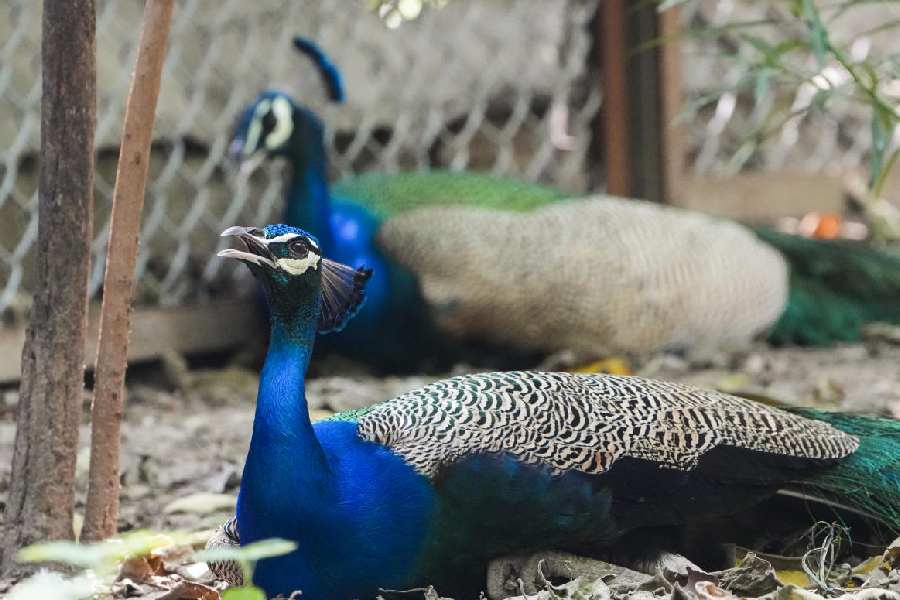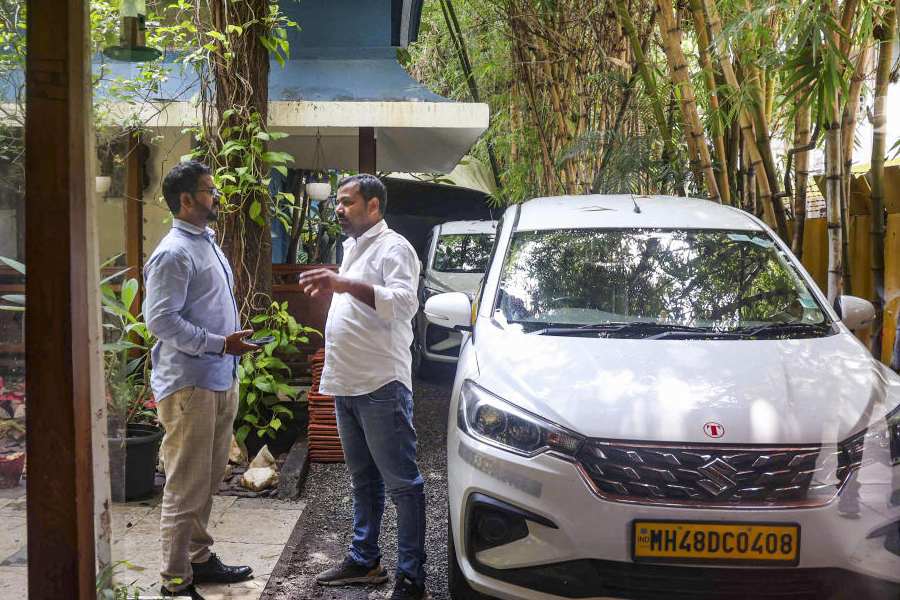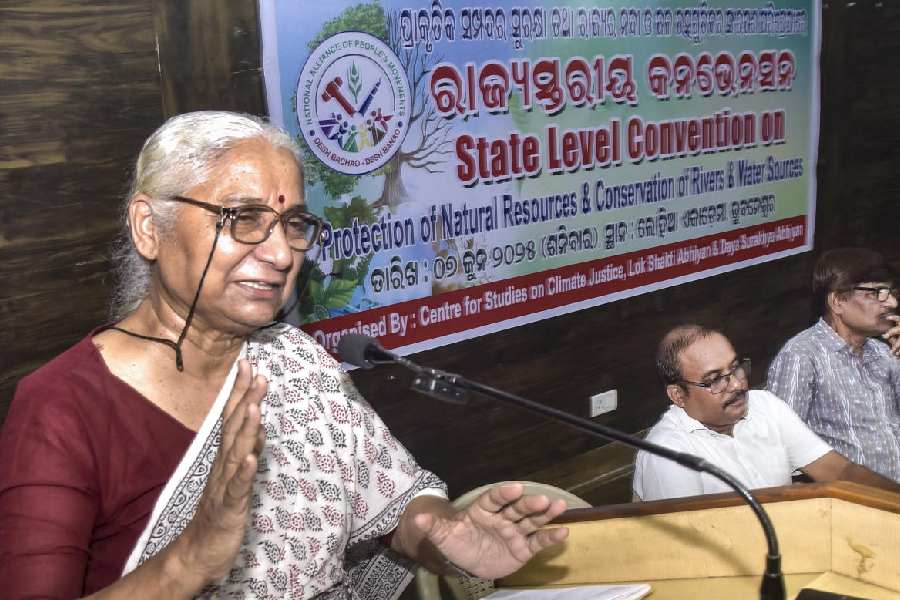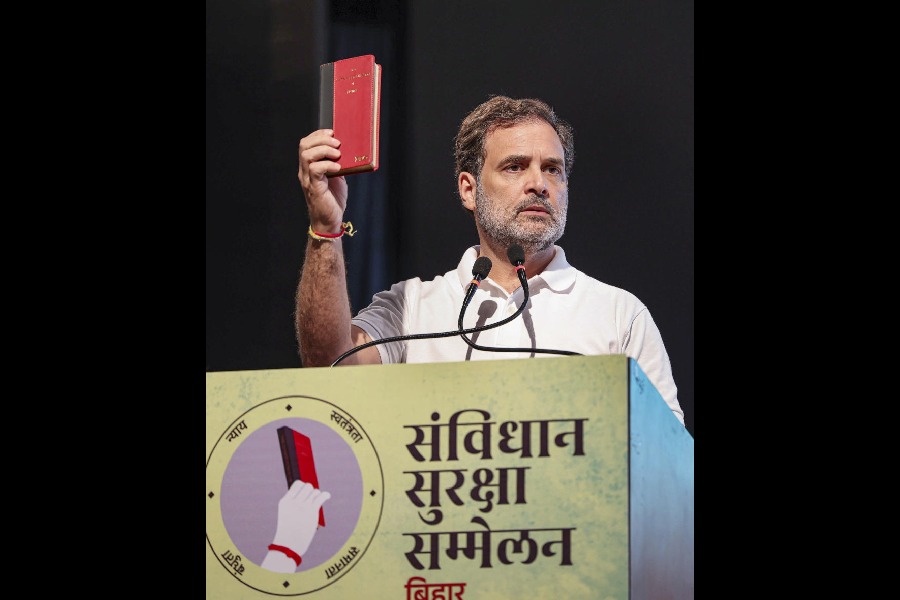Agartala, Jan. 13 :
Agartala, Jan. 13:
Rupak Bhattacharya would have laughed had someone told him five years ago that he would leave Tripura for good someday.
Today, the businessman from Nabatirtha in southern Agartala is part of the growing band of Bengalis planning to leave their 'adopted homeland'. For them all roads lead to Calcutta.
'The exodus has begun. And as far as the Bengalis are concerned, all roads lead to Calcutta,' said an official.
Indeed, for the lakhs of middle-class Bengalis who are feeling the heat of xenophobia in Tripura and other states of the Northeast, Calcutta is the home they have always had but never lived in.
According to a survey, almost 10 per cent of the Bengali population in urban Tripura has already acquired land or flats in the West Bengal capital.
'Prospective migrants have shown a preference for areas like Birati, Sonarpur, Sodepur, Santoshpur, Kasba, Picnic Garden and Barasat,' the survey stated.
Bhattacharya, who has lived in Nabatirtha all his life, is one of those who have bought land in Birati. 'I have a house here and do not wish to leave immediately as my wife holds a job in a government school. But I will certainly do so in the near future,' he said.
A colony of Bengali migrants from Tripura has already come up in Calcutta. Named Tripureswari Colony, the area is likely to expand rapidly in the next couple of years.
Most prospective migrants are government employees awaiting retirement, sources say.
While middle-class Bengali families from the urban areas are making a beeline for Calcutta, economically backward non-tribals have been migrating from the interior villages to Agartala and other towns over the past couple of years. Despite this phenomenon, the population of urban Tripura, primarily the capital town, has not increased much since 1998.
'It is obvious that despite villagers displaced by insurgency migrating to Agartala, the rate of population growth has not been much,' said an official of the statistics department.
The urban development ministry, however, does not read much into the growth of population and migration from the interior areas to the capital and its suburbs.
'People always seek greener pastures and this could be the reason why villagers are migrating to the capital and its adjoining areas,' says a ministry official.
Debajit Mookherjee, an assistant professor of history, puts things in perspective. 'The 1991 census revealed that the population of Bengalis in Tripura fell fractionally below 70 per cent because of an exodus.
Between 1971 and 1981, the population of Agartala had increased by a whopping 121.70 per cent due to political turmoil, insurgency and two successive ethnic riots in the rural areas. But the rate of growth between 1981 and 1991 was only around 24 per cent,' he said.
 Sunday, 08 June 2025
Sunday, 08 June 2025









